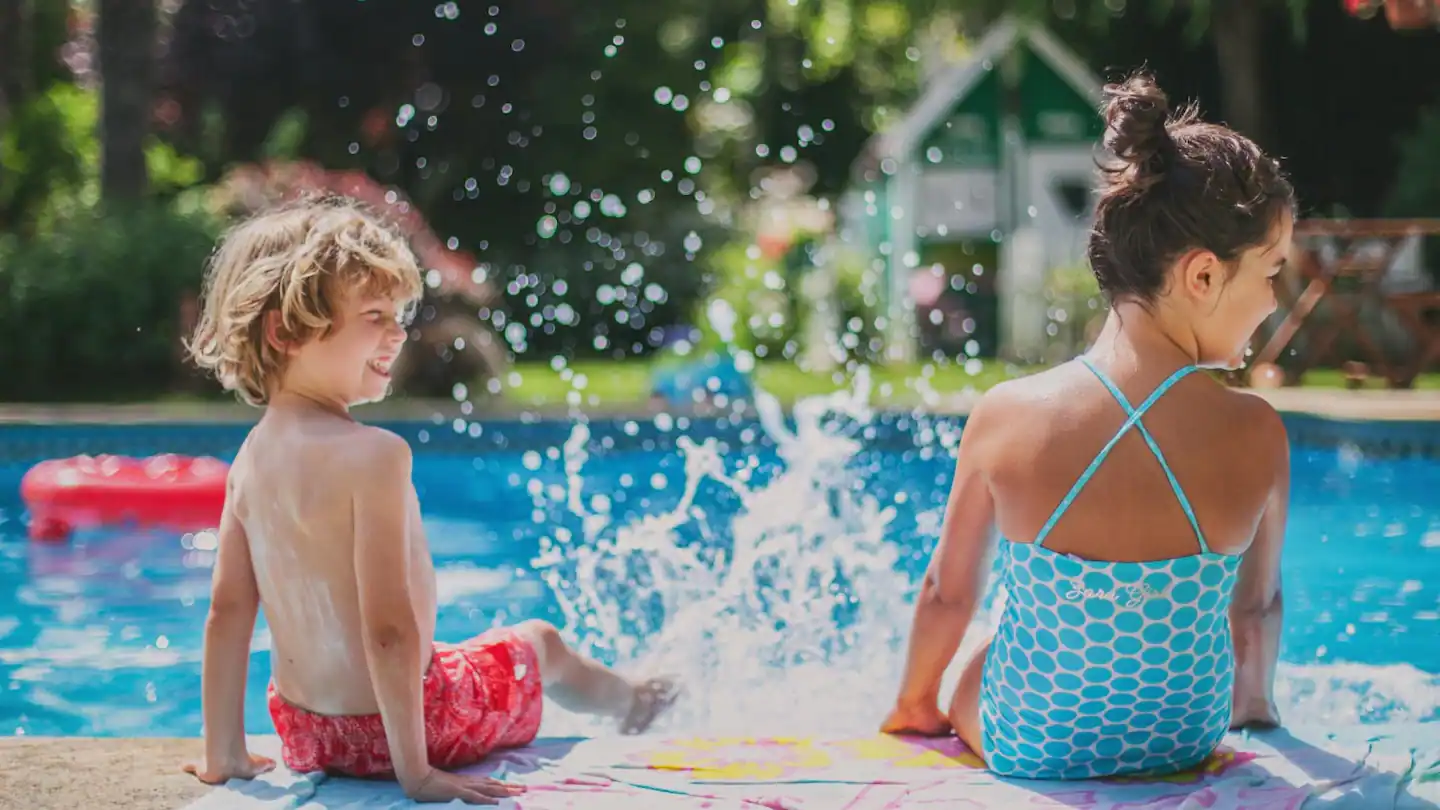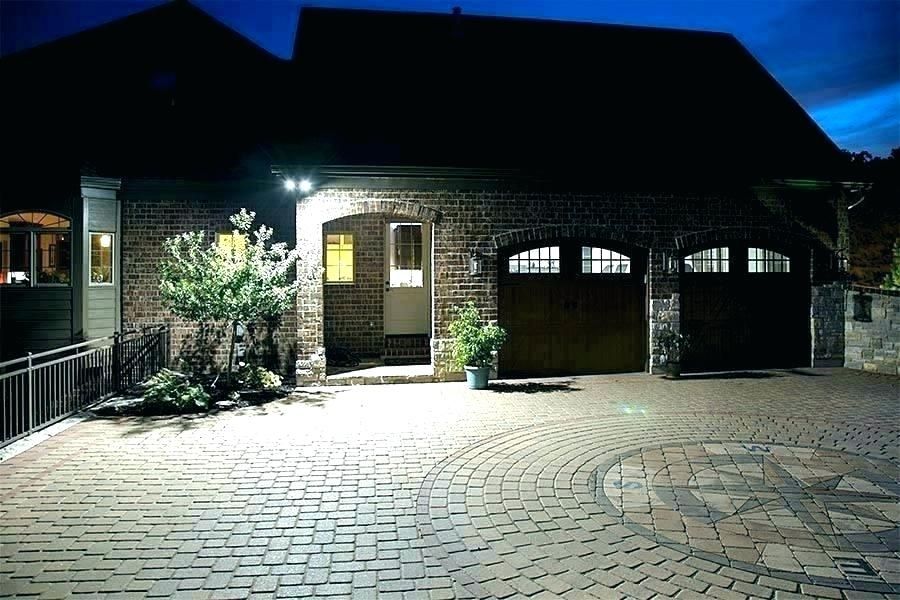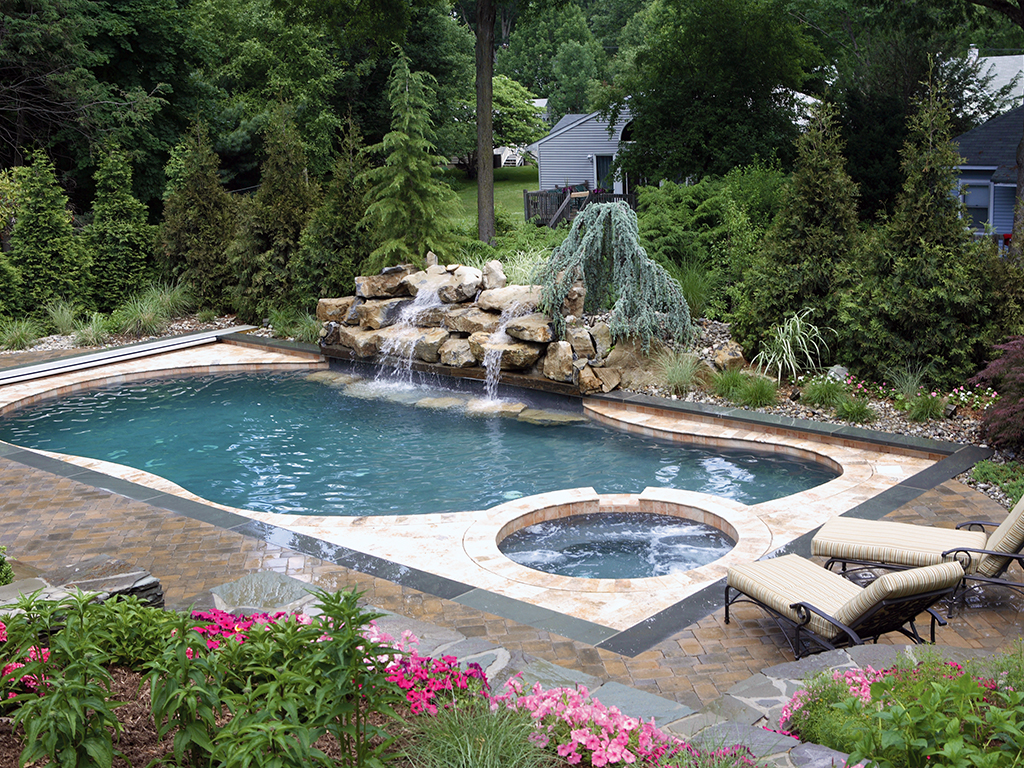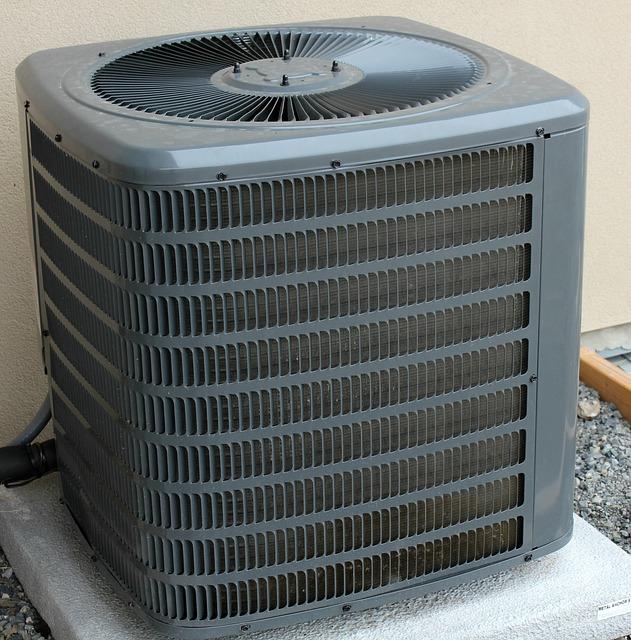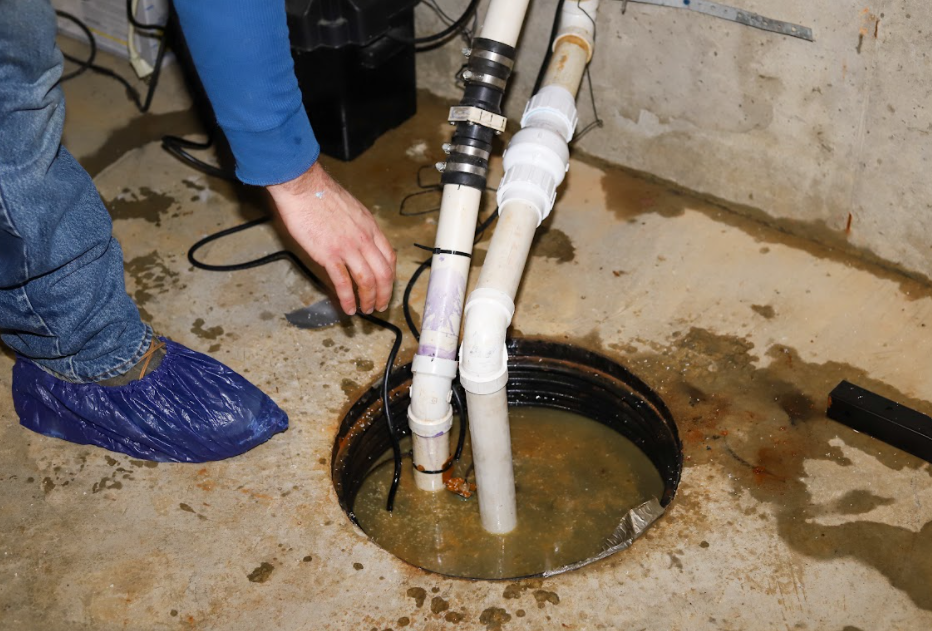A backyard pool is a source of joy and fun for families, but it also comes with a significant responsibility—the safety of children. In this post, we will explore the essential features for creating a safe pool environment for children. From pool fences to alarms and safety nets, we will discuss the measures that can provide peace of mind to parents and caregivers.
Childproofing your pool area is not just an option; it is a necessity. According to a study conducted by BabyCenter, an average of 389 children younger than 15 years old drowned each year in pools or spas in the United States from 2017 to 2019. Shockingly, the majority of these incidents occurred in residential settings, with children under the age of 5 being the most vulnerable. By implementing essential safety features, we can significantly reduce the risk of accidents and create a secure environment for our children.
Pool fences
Among the crucial safety features, pool fences stand as the first line of defense in preventing unsupervised access to the pool area. These barriers not only provide a physical barrier but also serve as a visual reminder of the pool’s boundaries. A well-designed pool fence acts as a deterrent, keeping young children from entering the pool area without adult supervision.
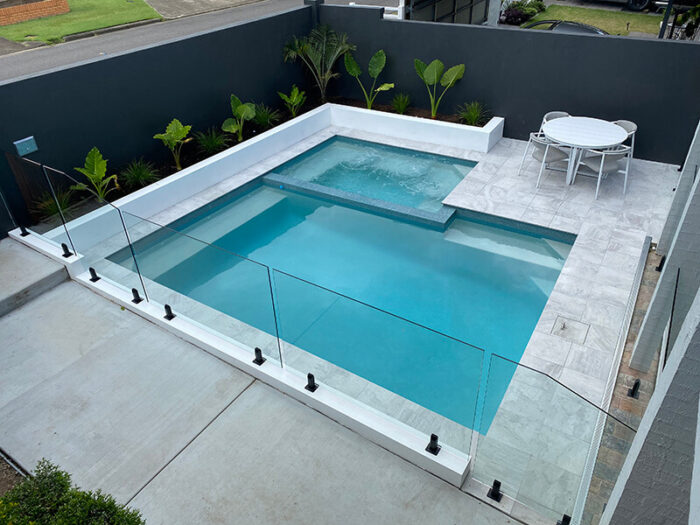
When considering a pool fence, it is essential to choose one that is gate-locked and childproof. This ensures that children cannot easily open the gate and gain access to the pool. Many pool fences are designed for ease of use, with mechanisms that minimize the occurrence of broken or sticking hinges. It is important to select a fence that meets local safety regulations and is installed by professionals to ensure its effectiveness. It is important to hire a licensed contractor if you are installing a new fence. If you are in the Columbia South Carolina area reach out to Columbia Fence Co for a free estimate.
Pool alarms
In addition to pool fences, pool alarms offer an extra layer of protection for childproofing your pool area. These alarms are designed to alert adults when someone enters the pool area unsupervised or falls into the water. There are different types of pool alarms available, including surface wave alarms, sub-surface alarms, and wristband alarms. Each type detects water disturbances and triggers an audible alarm, providing an immediate warning sign of potential danger.
Pool alarms are particularly valuable in situations where a child manages to bypass the pool fence. They act as a reliable backup system and can help prevent accidents by providing an early warning signal.
Pool safety net
Another safety feature worth considering is a pool safety net. These nets are stretched across the pool’s surface, creating a barrier that prevents accidental falls into the water. Pool safety nets are designed to be strong, durable, and able to support the weight of a child or pet. They provide an additional layer of protection while still allowing for a clear view of the pool. When properly installed and secured, pool safety nets offer peace of mind and can significantly reduce the risk of accidents.
Life Rings
To further childproof your pool area, there are several additional safety measures to consider. pool safety net, also known as lifebuoys or life preservers, should be easily accessible near the pool. These flotation devices can be thrown to a person in distress, providing buoyancy until help arrives. Floats, such as arm floats, pool noodles, or inflatable rings, offer additional support and buoyancy for inexperienced swimmers or children learning to swim. However, it is crucial to supervise children closely when using floats.
A reaching pole is another valuable tool to have near the pool. Equipped with a hook or grabber at the end, it allows for safe and efficient assistance in pulling someone out of the water during an emergency. This tool ensures that the rescuer maintains a safe distance from the person in need of help.
In addition to installing essential safety features, there are some best practices to follow for maintaining a safe pool environment:
- Supervision: Always ensure that children are supervised by a responsible adult when near the pool, regardless of the safety measures in place.
- Education: Teach children about pool safety rules, such as not running near the pool, not diving in shallow water, and understanding the importance of adult supervision.
- Learn CPR: It is highly recommended for adults and caregivers to learn cardiopulmonary resuscitation (CPR). This knowledge can be life-saving in case of an emergency.
- Regular Maintenance: Maintain the pool area by keeping it clean and free of hazards. Regularly inspect safety features, such as pool fences and alarms, to ensure they are functioning properly.
Childproofing your pool area is not an option but a vital step in ensuring the safety of children. By implementing essential features such as pool fences, alarms, safety nets, and additional safety measures, we can significantly reduce the risk of accidents and create a secure environment. Remember, vigilance and responsible supervision are key when it comes to pool safety. By combining these safety measures with best practices and education, we can protect our children and enjoy the benefits of a safe and enjoyable pool experience.
